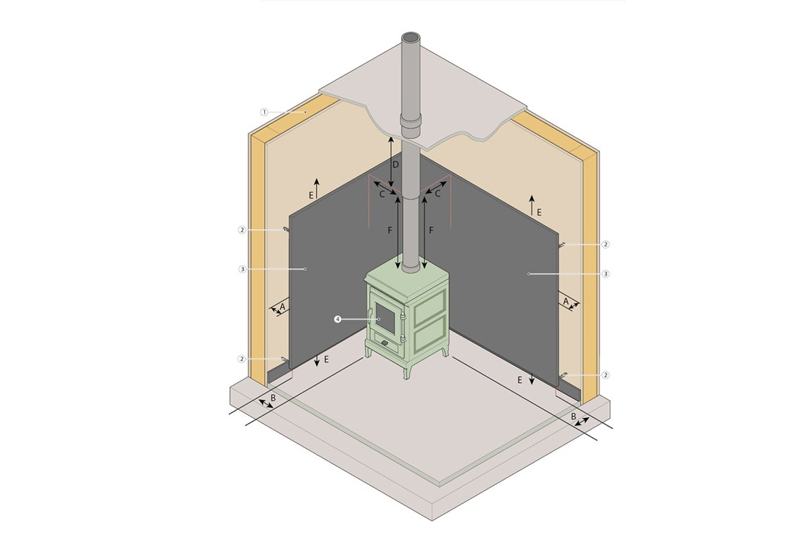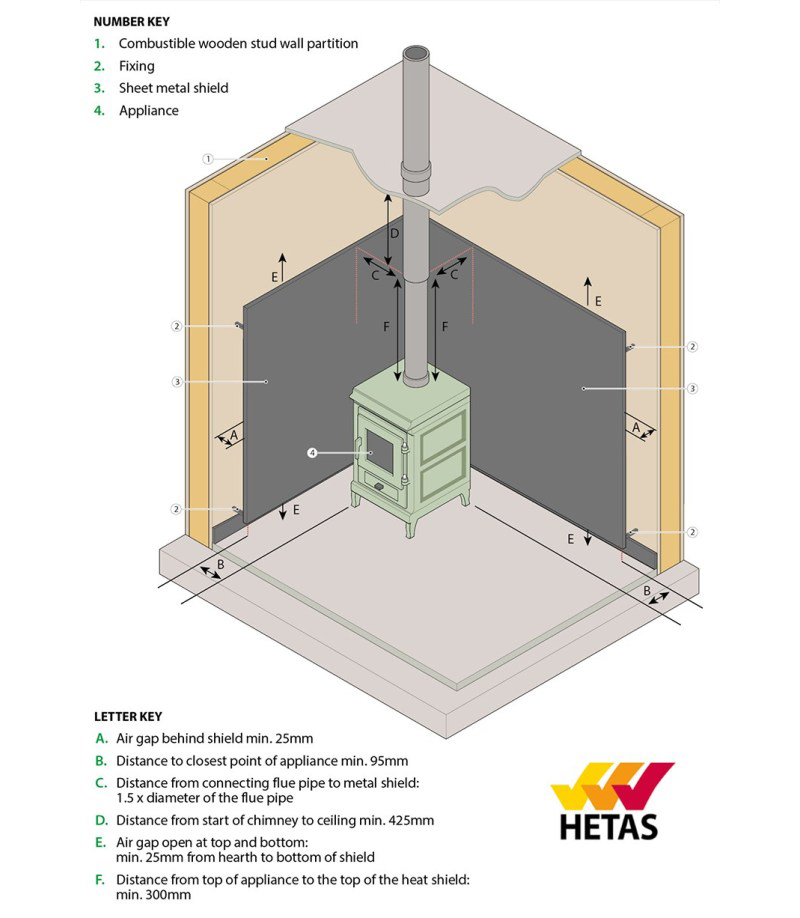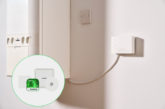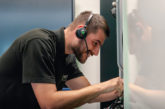
It is important to be aware of the potential dangers of incorrect use and installation of wood-burning stoves within hearths, especially when reclaiming a previously unused fireplace. The HETAS Helplines, which offers advice and support to homeowners, tenants, landlords and the heating industry, has recently been inundated with enquiries relating to the suitability of an appliance for installation. In a previous hearth article (HETAS Technical Bulletin #11, June 2018) a number of queries were raised which we hope to address here with additional guidance notes.
To make sure solid fuel appliances work safely and efficiently, regardless of the surround, it’s important that installation and servicing is carried out by a properly trained and registered competent person. The Health and Safety Executive (HSE) together with assistance from HETAS has issued safety guidance to raise awareness to the plumbing and heating industry and homeowners about the potential dangers of these not being correctly installed or used.
There are two types of hearth: constructional and superimposed. Which type of hearth will depend on the appliance being installed; the majority will use a full, constructional hearth, while those tested to withstand the requirements of a superimposed one are suitable for the other.
Traditional constructional hearths are normally provided as part of the structure of the building and are constructed from masonry brick or concrete at a minimum thickness of 125mm.
When bringing a fireplace such as this back to use, exercise caution in case the construction of the recess has been modified in any way which might require correction before it’s safe. Some circumstances may prove undesirable to bring the hearth back up to specification, such as if the base has been altered or incorporated with a damp-proof membrane which has degraded or disintegrated and has become a fire hazard.
The guidance given in the government’s Approved Document J (ADJ) suggests a “work-around” that any hearth can be adjusted to suit the appliance, based on the assumption that it would be acceptable to use a non-combustible sheet hearth within the recess:
*The appliance can be situated on a single sheet hearth (see ADJ paragraph 2.23 (a)) and the appliance manufacturer is able to provide written confirmation that it can be installed in this situation (i.e. in a recess)
*The single sheet hearth complies with ADJ Note 2.23 (a)
*The dimensions of the sheet used will provide at least a hearth that satisfies the minimum hearth perimeter dimensions detailed in ADJ Diagram 26 (a) or alternatively the appliance manufacturer’s specified dimensions where the appliance can satisfy the caveats given in ADJ paragraph 2.27.

Bruce Allen, CEO of HETAS, advises: “The potential challenges faced when reclaiming a fireplace which has been redundant for some time highlight the necessity for using a properly trained, HETAS registered installer to do the work. The regulations for hearths when using a heating system such as a wood burning stove are strict, so it’s never worth gambling with something which, if incorrectly fitted, could be a real danger.”













